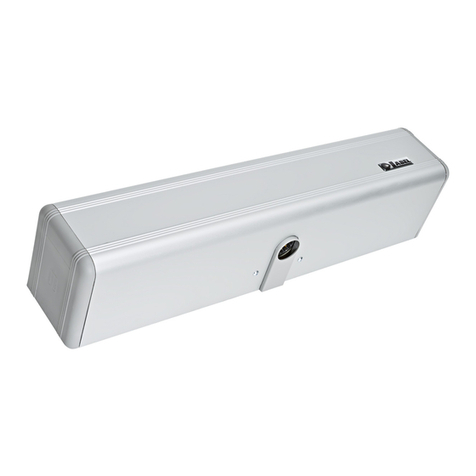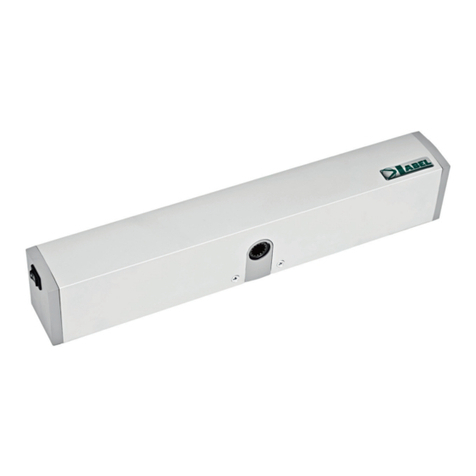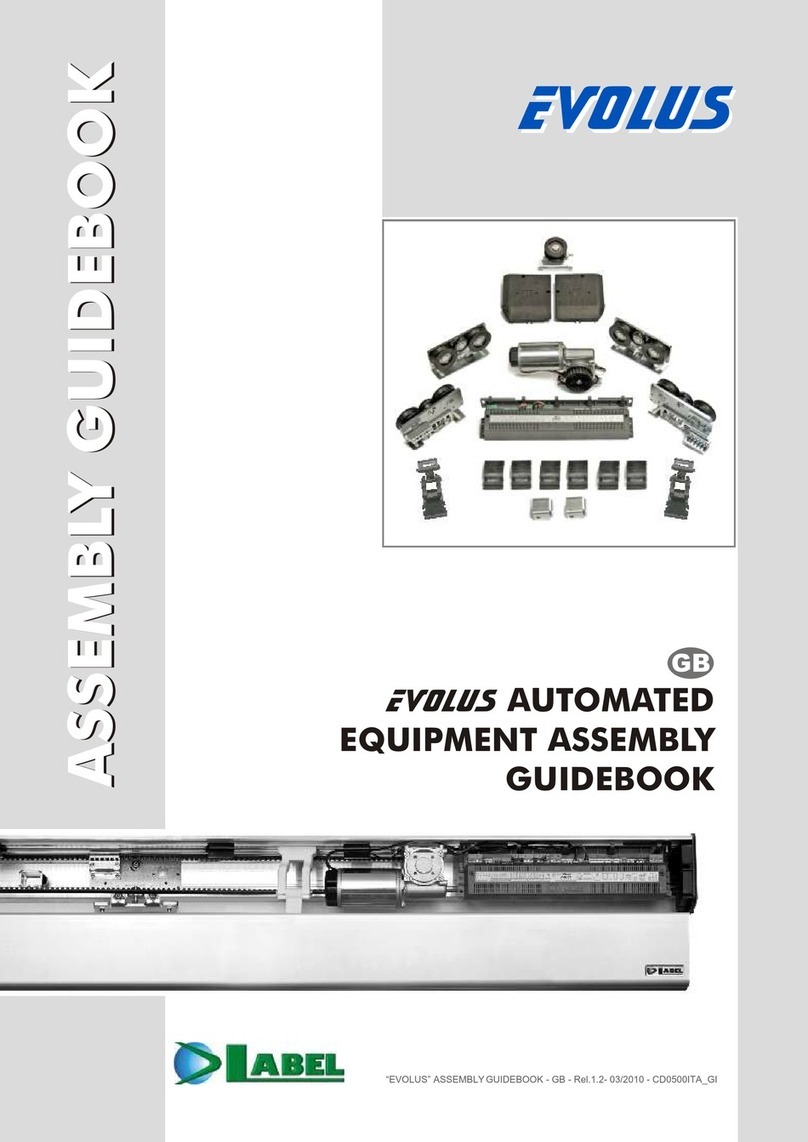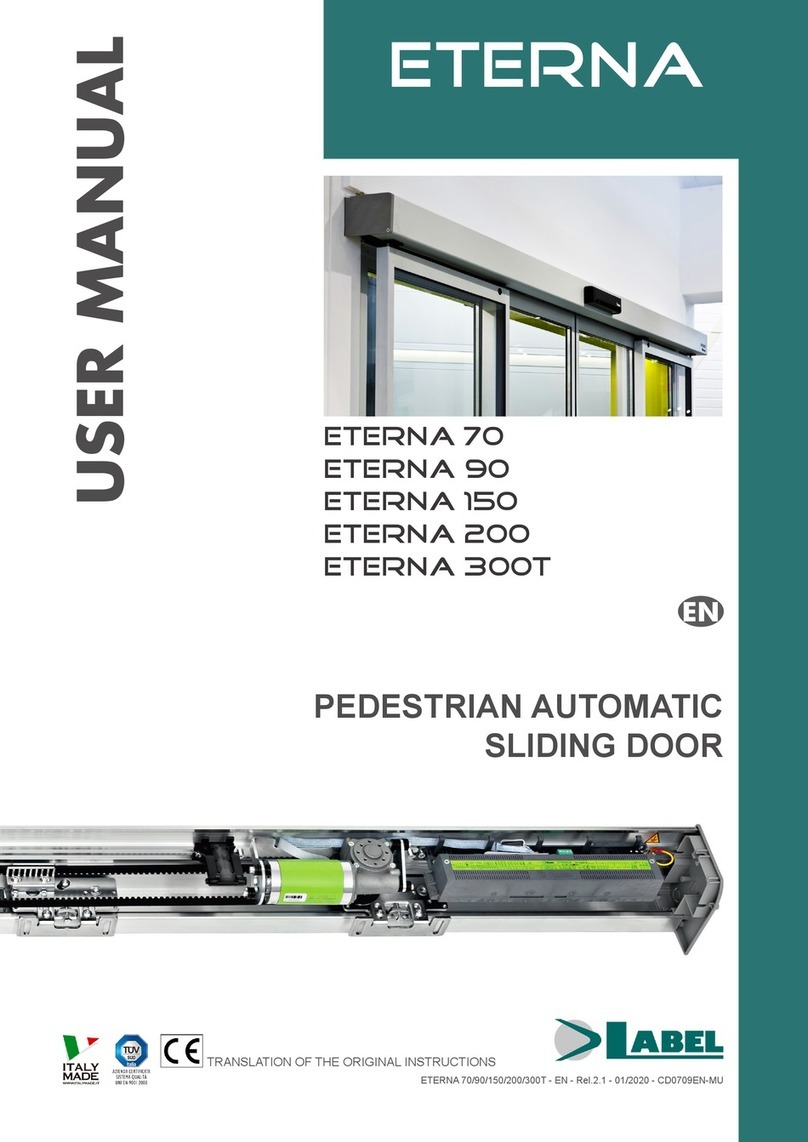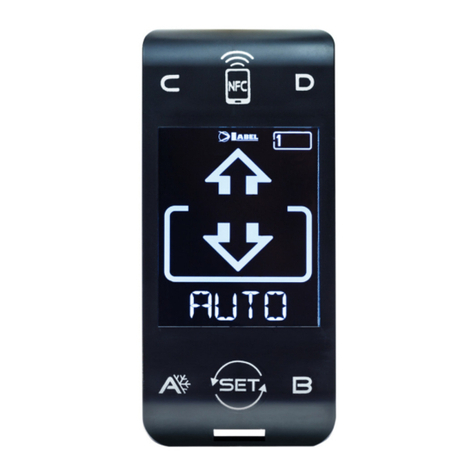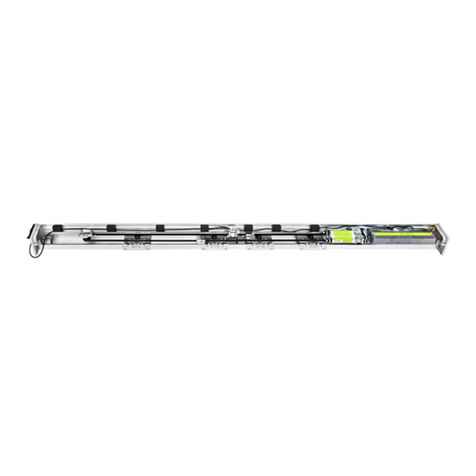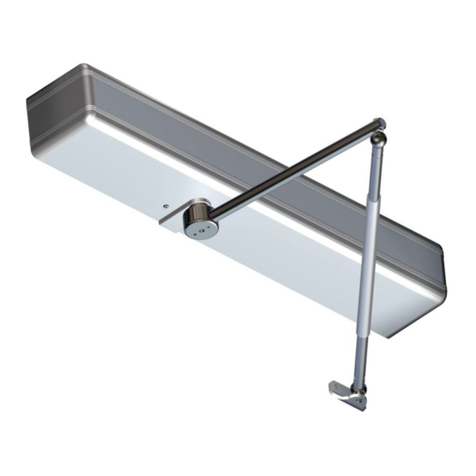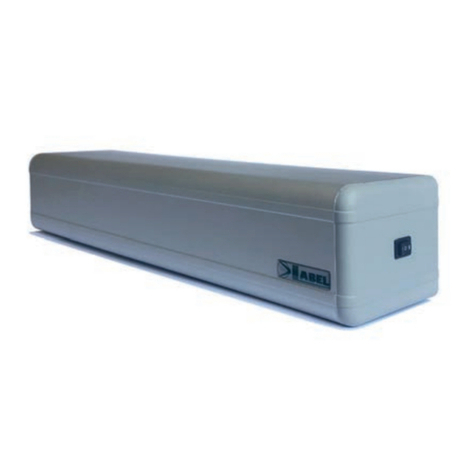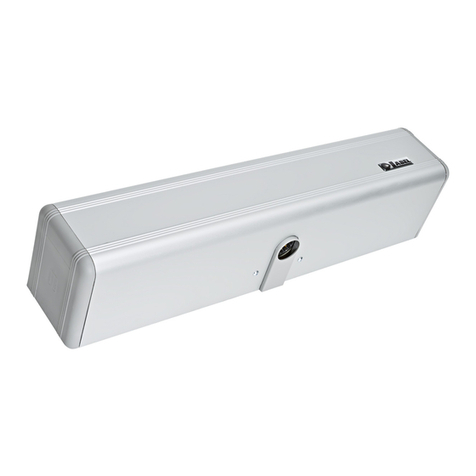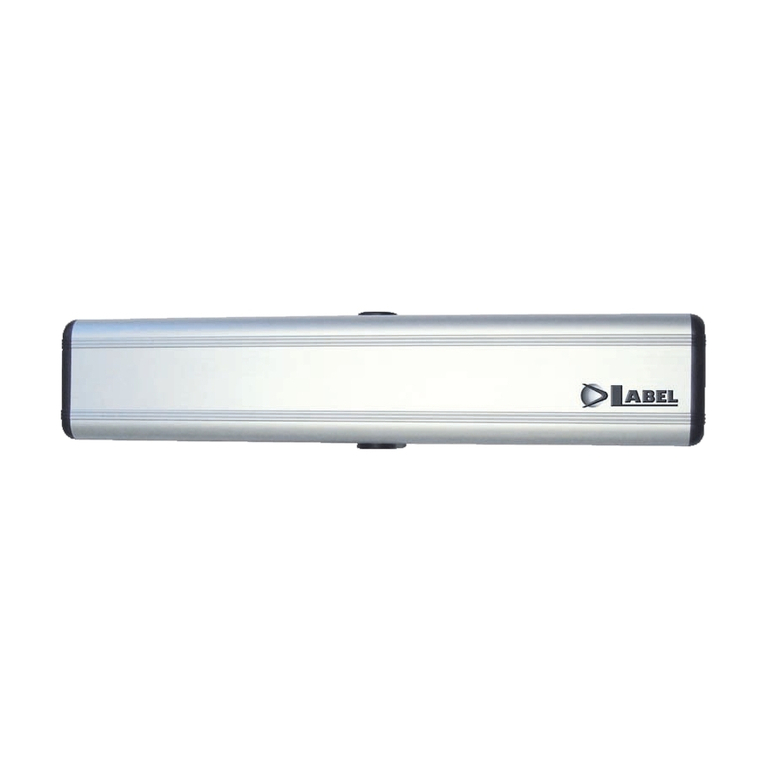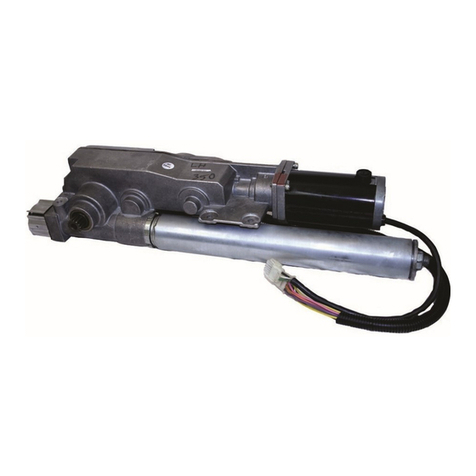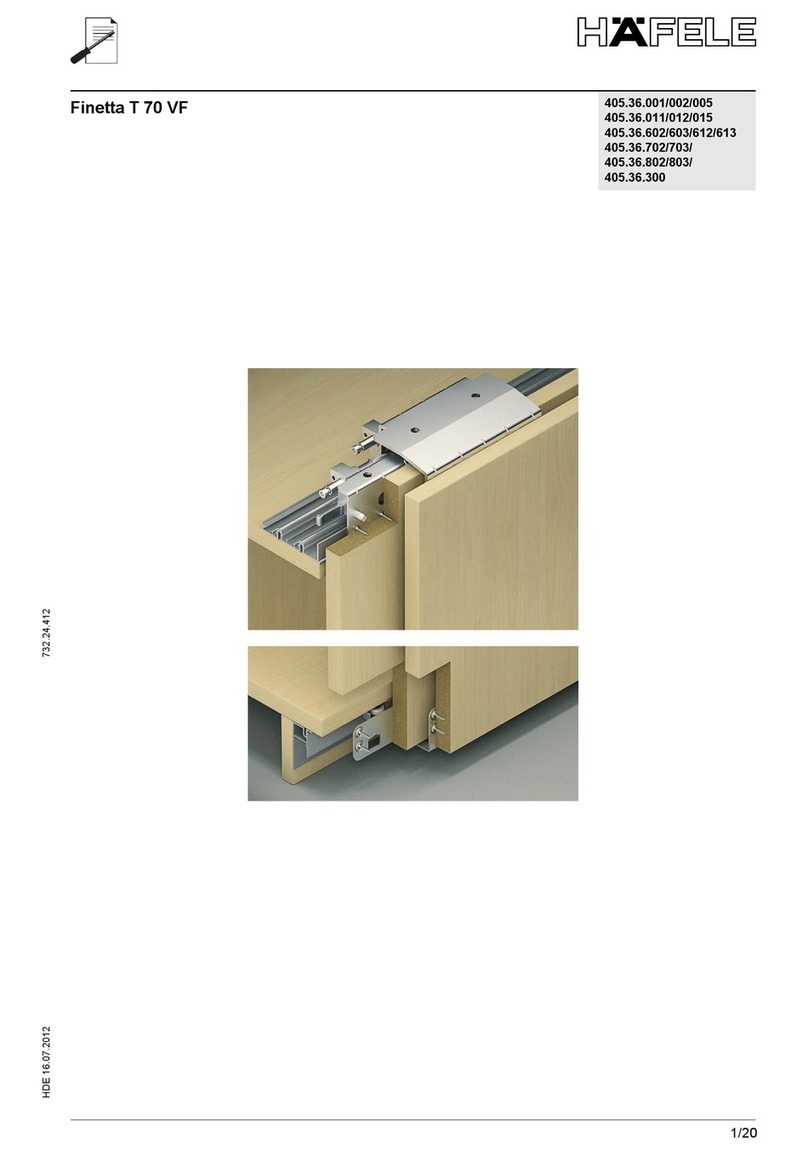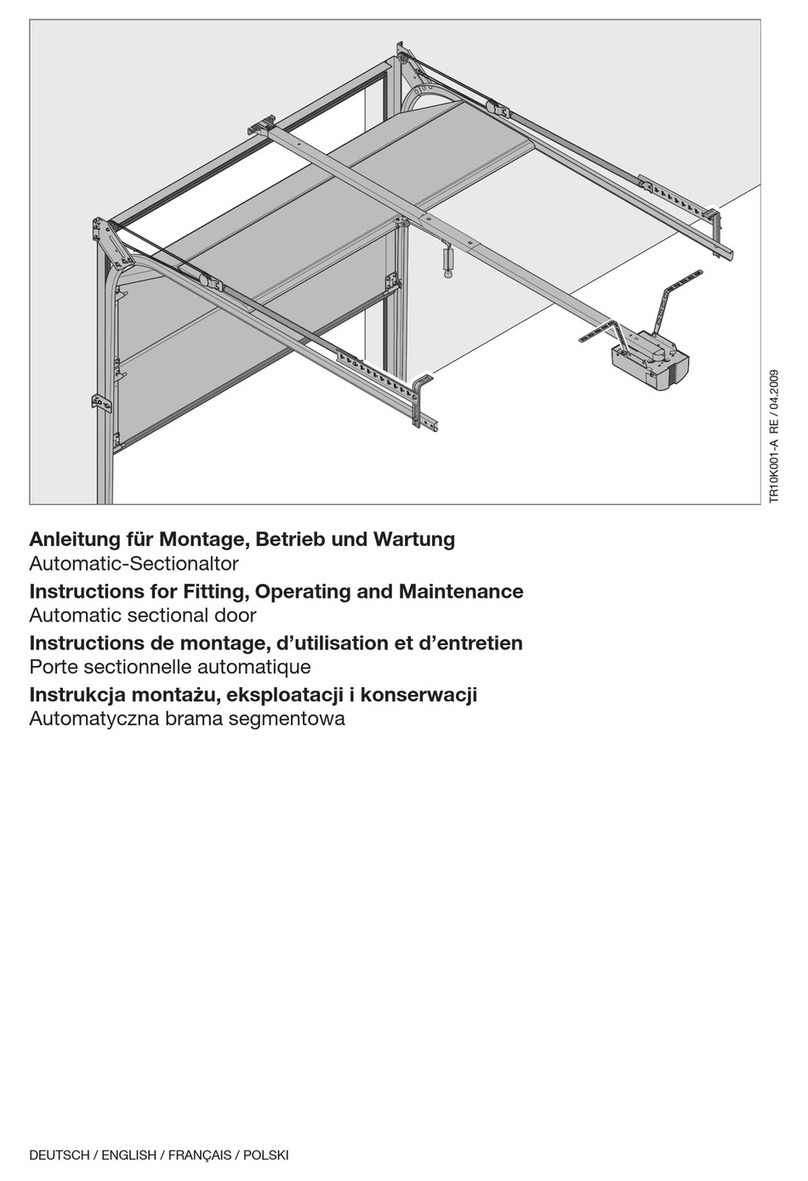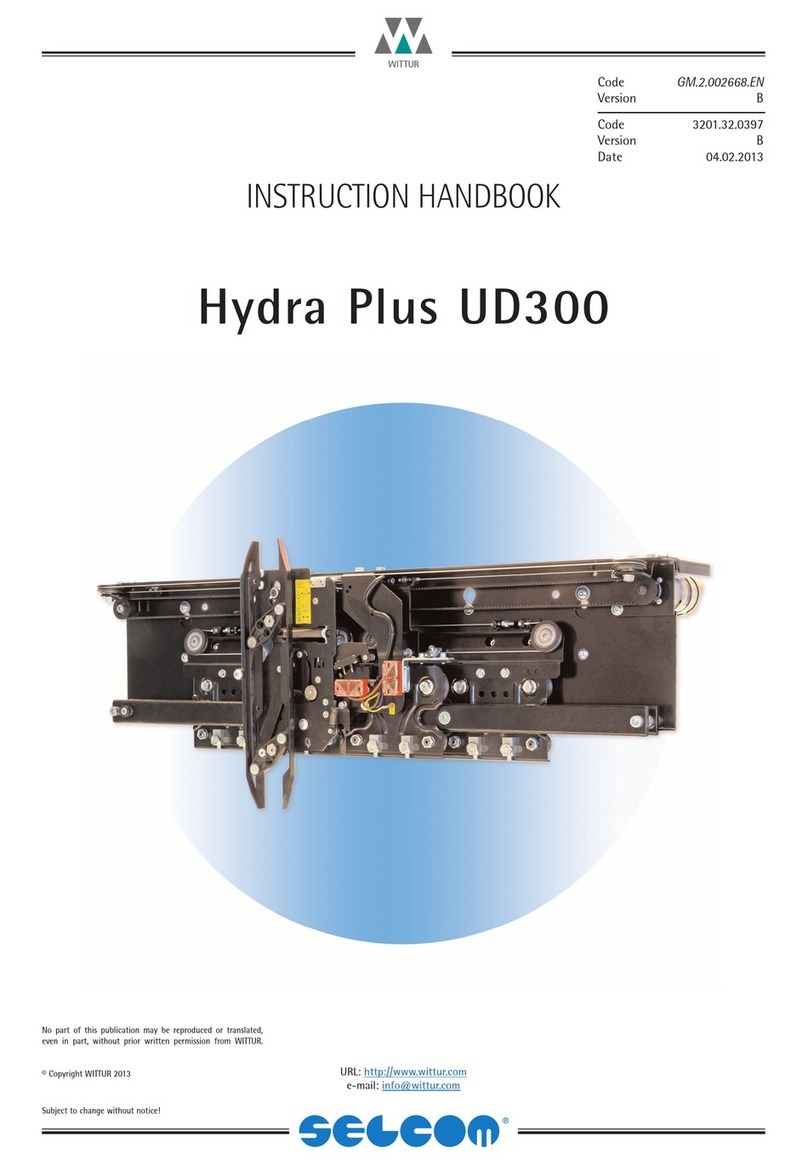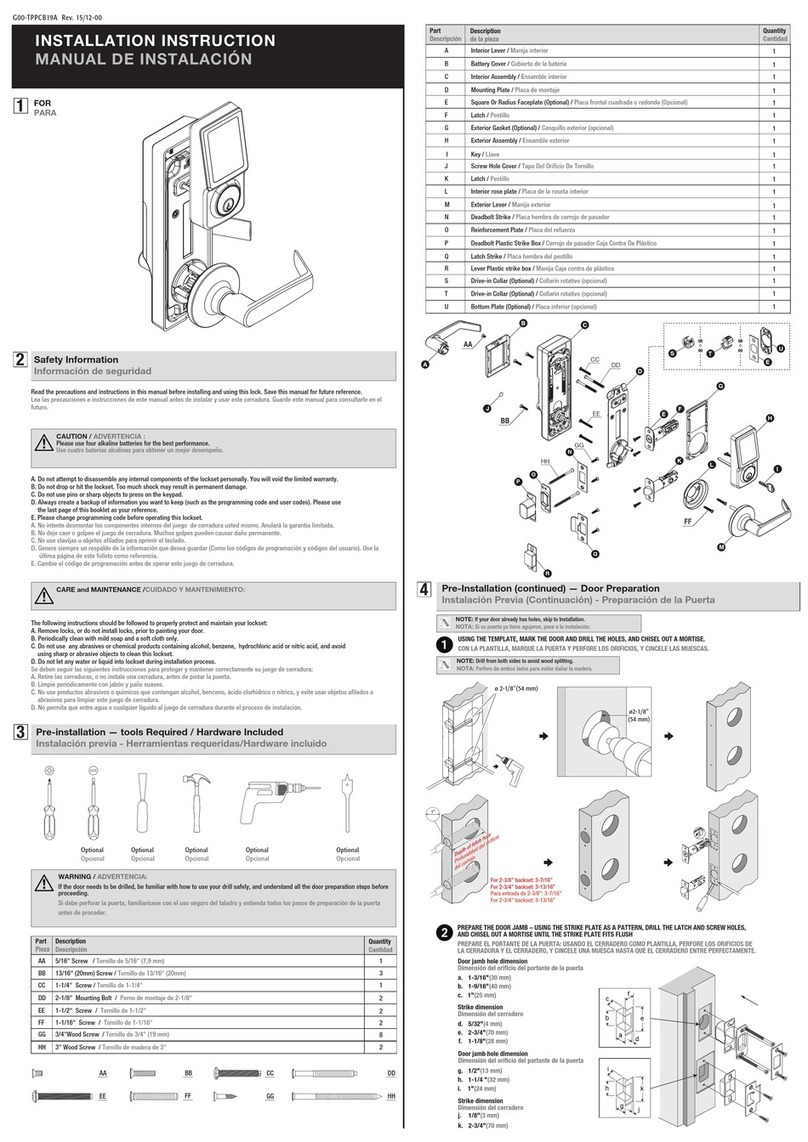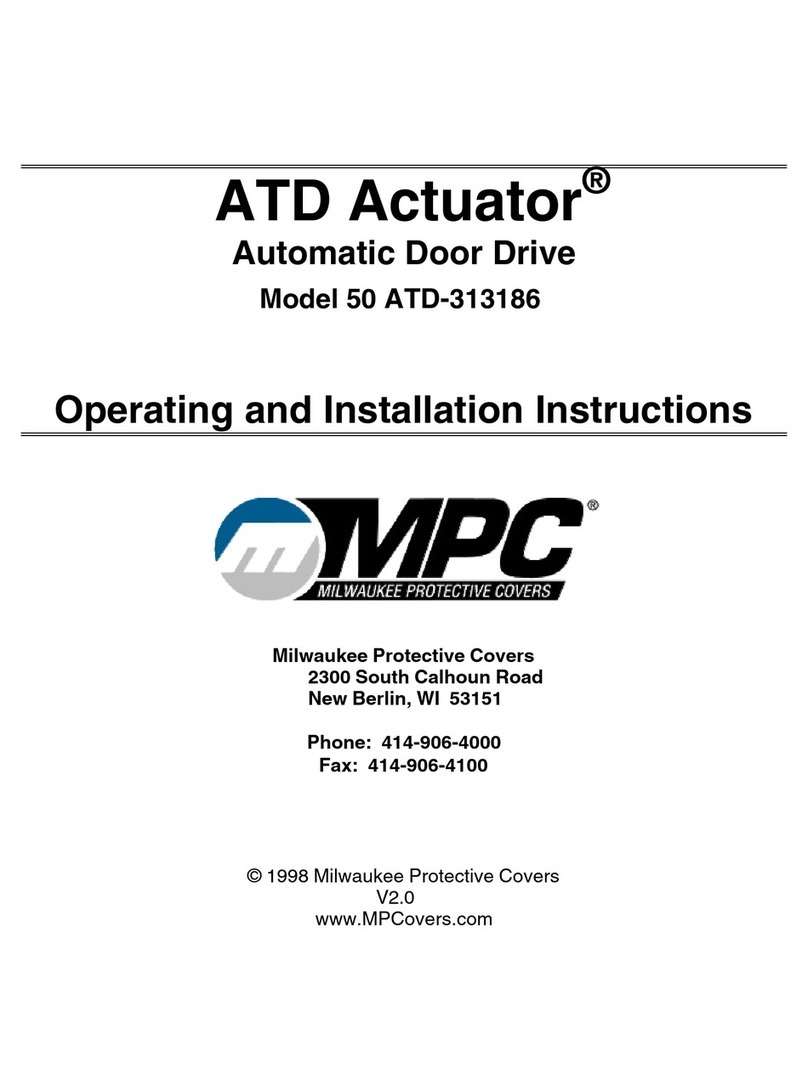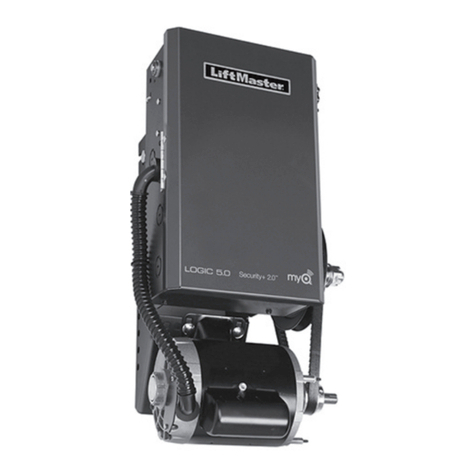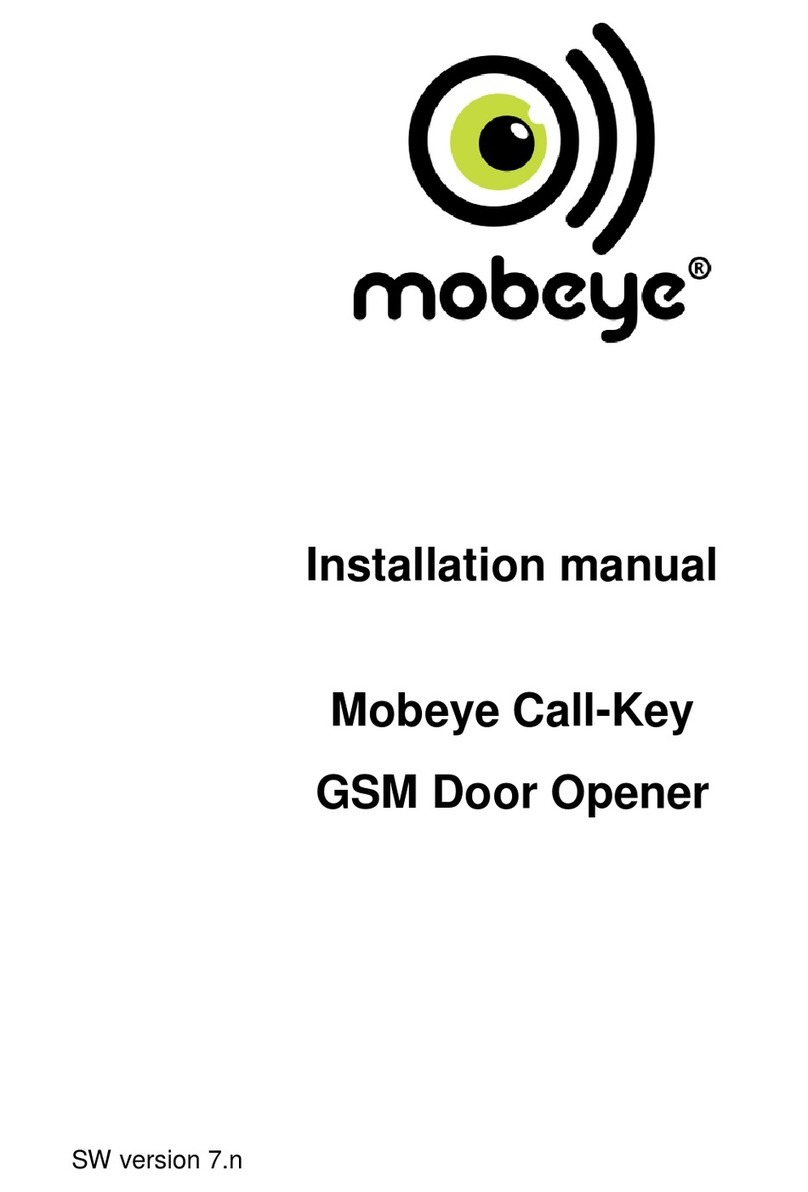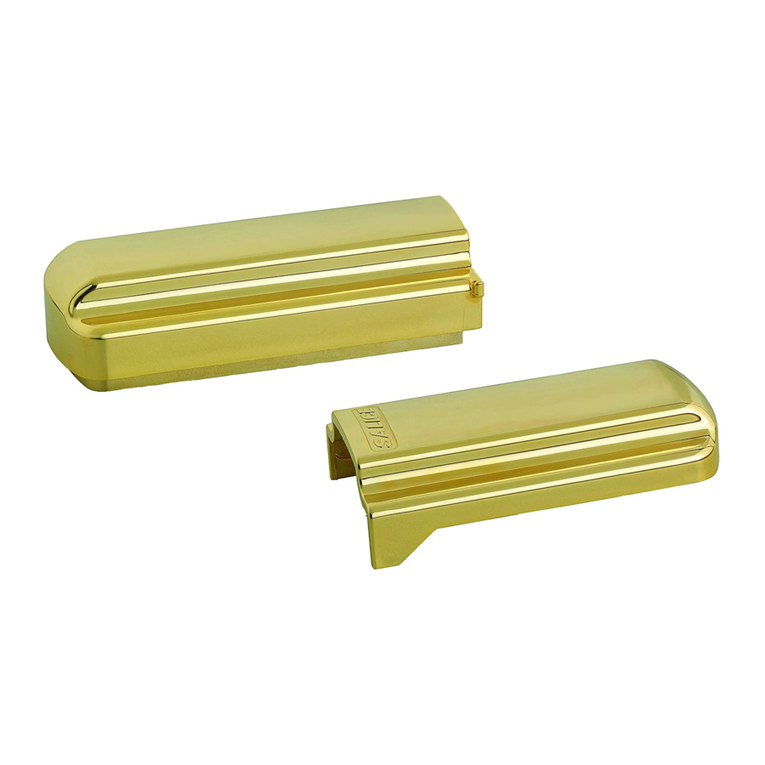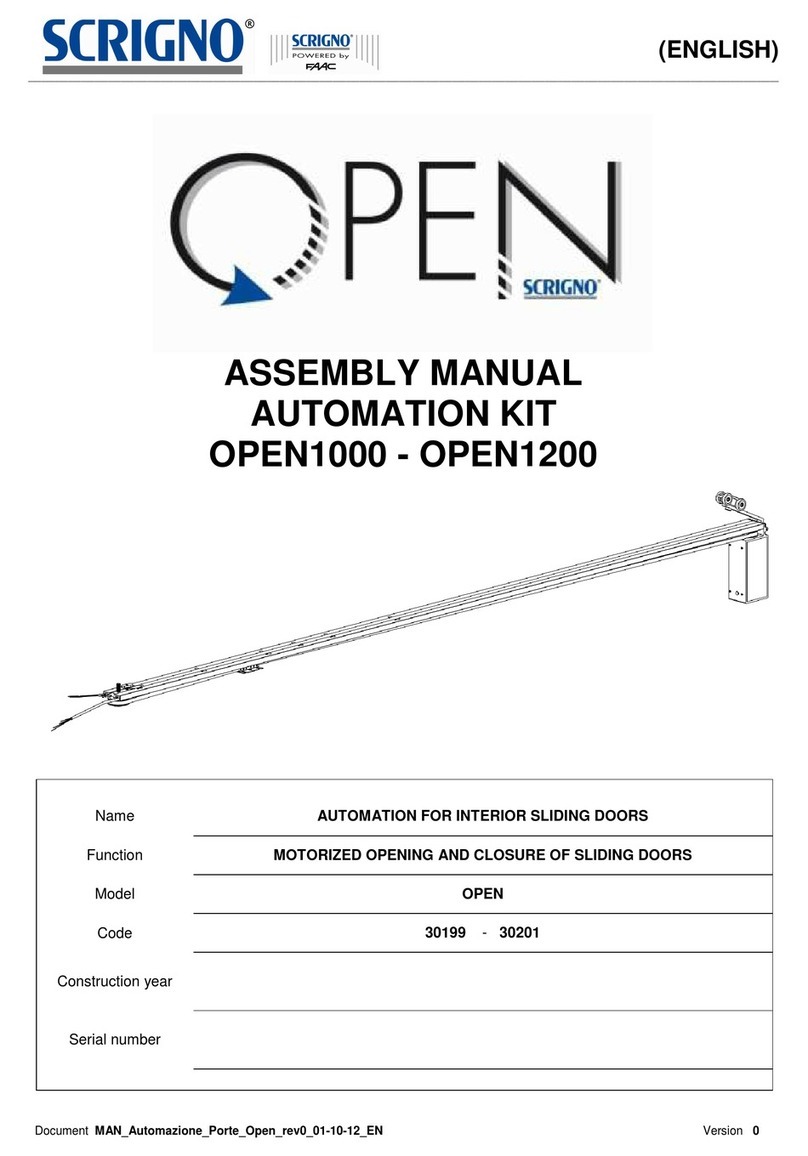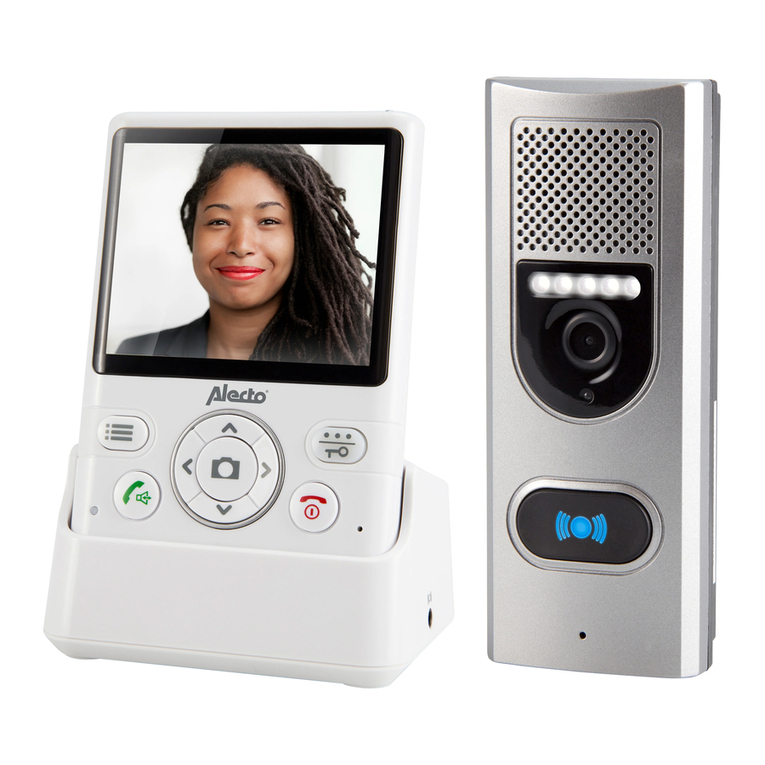
4
GENERAL SAFETY OBLIGATIONS
The mechanical and electric installation must be performed by specialised personnel in accordance with current directives
and regulations.
The installer must make sure that the structure to be automated is stable and robust and if necessary, make it this way by making
structural modifications.
Keep product and packaging materials out of children's reach, as they might be a source of danger.
Do not let the children stay or play within the range of the door.
This product was designed and built exclusively for the purpose described in this documentation. Any other use that is not specifically
indicated could adversely impact the condition of the product and the safety of people.
Label accepts no responsibility for incorrect product installation and usage, as well as for any damages caused by changes made
without its prior consent.
Label is not responsible for the construction of the fixtures to be motorised.
The IP31 degree of protection requires that the operator is installed only on the inner side of buildings.
This product cannot be installed in explosive environments or atmospheres, or in the presence of flammable gases or fumes.
Make sure that the characteristics of the electric distribution network are compatible with the technical data indicated in this manual
and that upstream of the system there is an omnipolar switch with an opening distance of the contacts of at least 3mm and a residual
current device.
Connect the ground conduit of the electric system.
The automatic door must be checked, started up and tested by skilled and well-prepared personnel.
A technical dossier must be prepared for every automation as required by the Machine Directive.
Disconnect the power supply before working on the automation and before opening the cover.
Maintenance is of fundamental importance for the proper operation and safety of the automation. Check the efficiency of all parts every
six months.
Use only original spare parts for maintenance and when replacing product components.
Cleaning operations must be performed with the power supply disconnected, using a damp cloth. Do not deposit or let water or other
liquids penetrate into the Neptis SMP operator or the accessories that are part of the system.
GENERAL SAFETY WARNINGS
Carefully read this instruction manual for the safe installation and operation of the automatic door.
Improper installation and incorrect use of the product could cause serious injury.
Keep the instruction manual for future reference.
The installer must provide all the information about operation and provide the system user with the user manual delivered with the
product.
MEANING OF THE SYMBOLS USED IN THESE INSTRUCTIONS
DANGER: Indication of dangerous situations that could cause material damage and personal injury.
WARNING: Identifies the procedures that must be understood and followed to prevent product damage or malfunctions.
NOTE: To point out and place attention on important information.
It is recommended to take out a maintenance contract.
Risk assessment
The automatic swinging doors must be designed and installed in a way to protect users against the risk and danger of crushing, impact
and shearing between the door and adjacent parts near the door.
The person responsible for starting-up the automation must perform a risk assessment based on the place of installation and the type
of users that could use the automatic door.
The dangers of crushing and shearing related to the secondary closing edge must be prevented
either structurally or by supplementary protective measures (rubber covers, for example).
Any residual risks must be properly signalled.
A = Main closing edge
B = Secondary closing edge
C = Opposite closing edge
The Neptis SMP operator, as required by EN16005 standard, must be equipped by protection devices (sensors) in accordance with
EN12978
